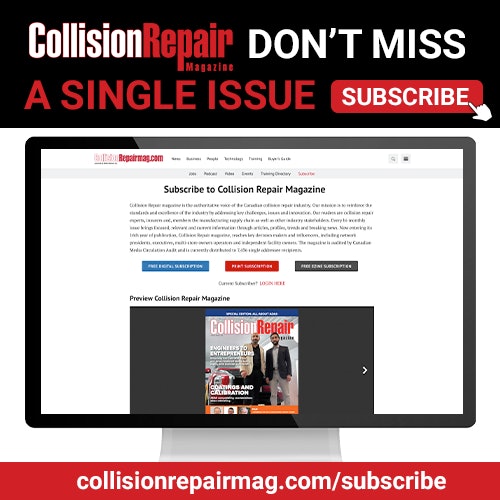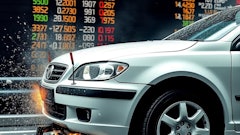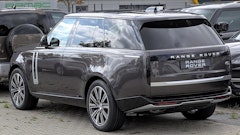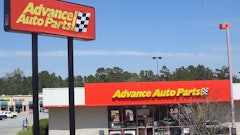
Allows Safer Breathing in Aircraft, Vehicles, and Theaters; Helps to Avoid Catching Common Cold, COVID-19, Flu, and Other Airborne Viruses
ATLANTA–(BUSINESS WIRE)–#breathesafely–Air-Clenz Systems™, LLC (Air-Clenz) today announced a breakthrough technical approach to cleaning exhaled air quickly and close to the face of an individual. The patent-pending Air-Clenz exhaled air cleaning technology is designed for most indoor, multi-seated venues. It cleans exhaled air and removes pathogens such as COVID-19 and the Delta variant within seconds, lowering the risk of contagion in enclosed spaces. The Air-Clenz proprietary approach provides for safer enclosed environments without face masks.
Many viruses — including COVID-19 — are primarily spread in aerosol form through the air and are generally not captured quickly by current HVAC systems. These ventilation systems pull pathogens across a room — and past other individuals — to a distant air return point, which increases the risk of disease transmission even in systems with advanced filtration and other treatment methods.
Research reports published earlier this year in the British Medical Journal and Lancet state that COVID-19 and its variants are spread mainly through inhaling fine aerosol particles that stay in the air for hours. Earlier this year, the Centers for Disease Control, and the World Health Organization both acknowledged aerosols as the primary cause of the spread of COVID-19. Several studies show that contagious pathogens such as COVID-19, the influenza virus, and even the common cold can travel through the air in aerosol format for more than 15 minutes and over tens of feet before being captured by traditional HVAC air intakes.
“The Air-Clenz technology is designed for airplanes, mass transit, vehicles, theaters and other multi-seat environments,” said Stuart Sheldon, CEO and President of Air-Clenz. “Our proprietary exhaled air purification technology captures, isolates, and removes pathogens quicker than ever before. The Air-Clenz technology is the result of a collaborative design effort that includes a scientific advisory board of seven distinguished scientists, healthcare professionals, and mechanical engineers.”
The need to improve indoor air quality has taken on new importance since the coronavirus pandemic. A distinguished group of 39 scientists led by Lidia Morawska, aerosol physicist at Queensland University of Technology in Australia, called for indoor air regulations in a paper published last month in the journal Science. A recent University of New Mexico study of air quality in airplane cabins, published in the journal Physics of Fluids, indicated that while aircraft companies promote the complete renewal of the air in the aircraft cabin every 2-3 minutes, sophisticated modeling shows that aircraft ventilation systems remove only approximately 25 percent of pathogens from the air in the cabin. Contaminants were found on passenger clothing, seats, and on the walls and floor of the cabin.
Initial research of Air-Clenz’ technology in seated, indoor environments indicates that its system typically captures an estimated 80-plus percent of a person’s exhaled breath within 10 seconds.
“Removing viruses quickly and close to the mouths and noses of seated individuals in such environments will most definitely reduce the spread of current viruses such as the Delta variant, as well as future viruses, such as the common cold, influenza, and the next COVID-like virus,” explained Sheldon. “It makes economic sense, too. Numerous authorities estimate the global economic cost of COVID-19 at more than $20 trillion, and yearly losses from the flu and other respiratory viruses cost billions and billions of dollars. Air-Clenz’ technology is a cost-effective solution to this challenge.”
Pathogens captured within 10 seconds
The Air-Clenz technology works faster and more effectively than ventilation systems (such as HVAC systems and air purifiers) because Air-Clenz’ proprietary exhaled air collector is positioned in or on the back of a seat, typically within two feet of a seated individual’s face. HVAC systems are not designed to quickly capture exhaled air, and air purifiers are designed to generally clean air within a small or medium sized room. Thus, the concentration of captured room air is greater than that of any captured exhaled air. However, Air-Clenz was designed to capture, isolate, and clean a significant amount of each exhaled air breath before it has a chance to disperse throughout the venue.
Each Air-Clenz exhaled air collector captures and isolates most of a seated individual’s exhaled breath. The captured air is then cleaned within an air purification chamber and the cleansed air is either released back into the indoor venue or is moved into the venue’s HVAC system for return into the venue.
“Air-Clenz theorized early in 2020, at the start of the pandemic, that COVID was mainly transmitted in the air. Given the company focus from almost the start of the COVID pandemic, we’ve learned a great deal about how aerosols travel throughout a space and about what HVAC systems and air purifiers can and can’t do,” said Dr. Ron Blum, Air-Clenz Systems Chairman and core inventor. “We believe the Air-Clenz technical approach provides for the safest known indoor, multi-seated environment relating not only to COVID-19, but to all airborne viruses. The best way to reduce the spread of airborne pathogens is to quickly capture, isolate and clean exhaled air before it becomes so dispersed that it is impossible to capture and clean.”
Even as COVID issues dissipate, threats are posed by variants such as Delta, and many physicians and researchers believe respiratory illnesses — including colds and flu — will come back aggressively this fall and winter. In June, the CDC issued a health advisory about respiratory syncytial virus, which is spreading uncharacteristically early this year.
“Should COVID be completely eradicated, which it will not, other airborne pathogens such as the common cold, influenza, and the measles will continue to be spread easily within indoor venues,” said Sheldon. “The more confined the indoor space, the greater the level of sensitivity and caution that is required. Facility owners — whether they operate airplanes or movie theaters — need to upgrade their ventilation systems based upon the learnings that COVID pandemic has brought forth.”
About Air-Clenz Systems and its Scientific Advisory Board
Air-Clenz Systems (www.air-clenz.com), based in Atlanta, Ga., was launched by success-proven inventors, scientists, and collaboration partners attempting to solve major global challenges caused by the coronavirus pandemic, with an eye to benefiting the global population at large. The management team at Air-Clenz has a substantial track record of identifying global needs, inventing solutions to satisfy such needs, protecting intellectual property, developing technology, and selling or licensing the inventions to Fortune 500 companies.
Air-Clenz Systems places its proprietary technology for multi-seated indoor settings within two feet of an individual’s nose and mouth, thus permitting the collection, isolation, and removal of pathogens from exhaled air before they have a chance to disperse. The technology can be adapted to fit most any environment where multiple individuals are seated, specifically in venues such as aircraft, vehicles of all types, theaters, and indoor entertainment venues of all kinds, houses of worship, offices, and learning institutions. In addition, Air-Clenz has adapted its technology to work in elevators.
Air-Clenz’ Scientific Advisory Board includes Rama Rao Amara, PhD and professor, Emory Vaccine Center, Professor Department of Microbiology and Immunology, Emory University School of Medicine; Kevin Karem, PhD, Director of one of FDAs laboratories and former Global Health Associate Director for Laboratory Science at the CDC; Victoria Cerami, Chief Executive Officer, Cerami & Associates an acoustic engineering firm of 80+ engineers; Chengzhi Shi, PhD, Assistant professor of Mechanical Engineering at Georgia Tech specializing in acoustics; Lawrence J. Schoen, P.E., Fellow ASHRAE, Principal Engineer for Schoen Engineering Inc.; Ernest Conrad, P.E., BOMA Fellow, principal in charge of Conrad Engineers, a professional engineering consulting firm; and Anita T. Broach, PhD, Material Scientist, Chemical Engineer and Air-Clenz Chief Scientist.
Science journal article: A paradigm shift to combat indoor respiratory infection
Physics of Fluids journal article: Simulation of aerosol transmission on a Boeing 737 airplane with intervention measures for COVID-19 mitigation
Contacts
Bob Zeitlinger / Makovsky
bzeitlinger@makovsky.com / 551-427-7298



.jpg)




















